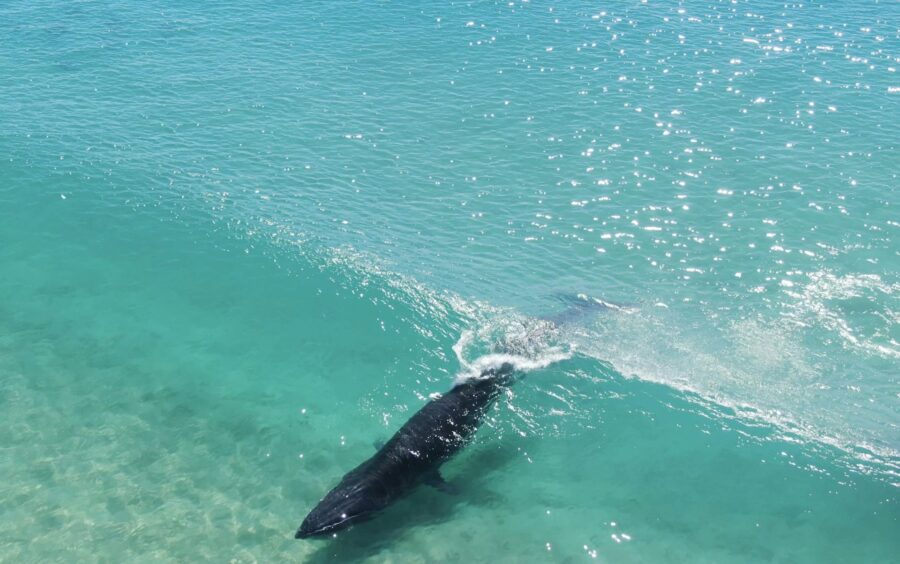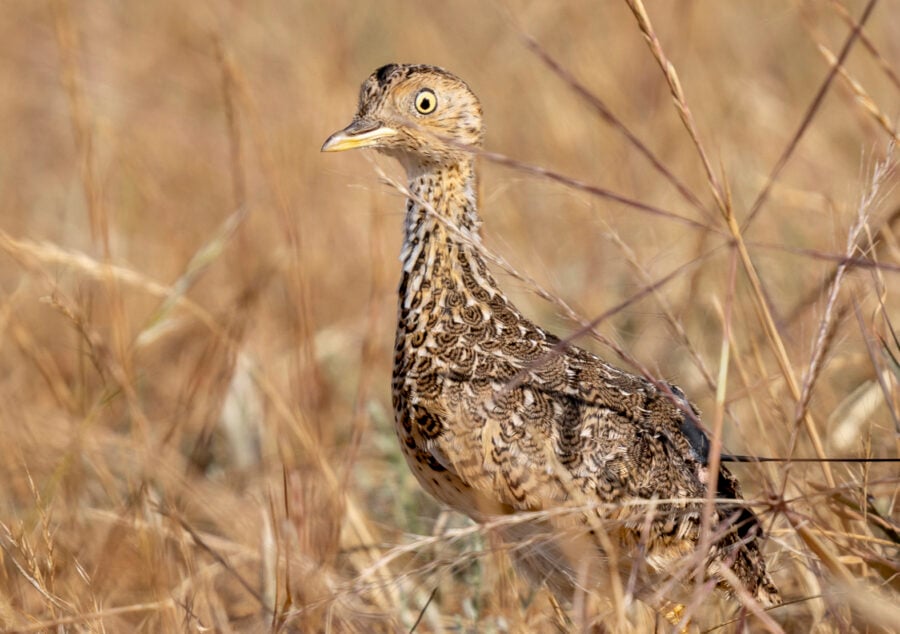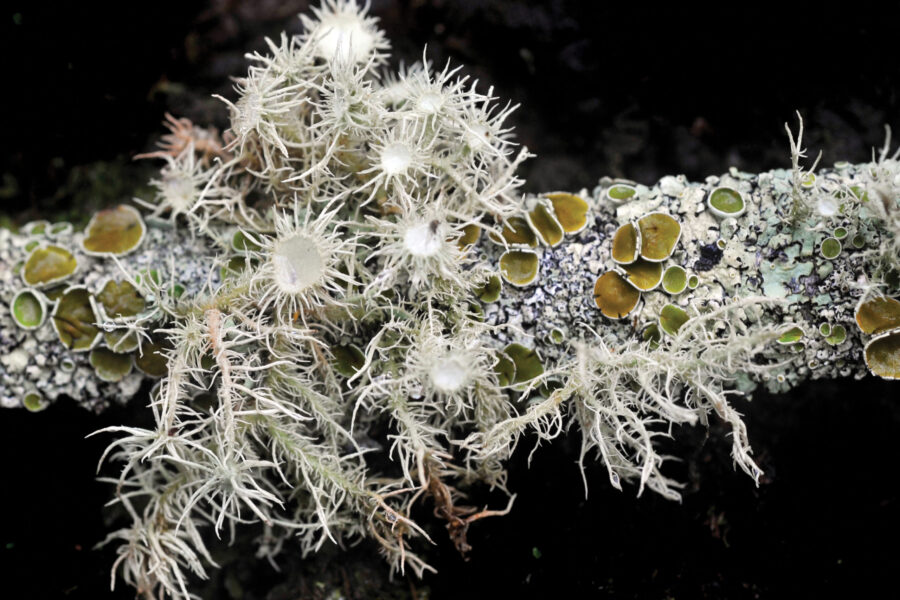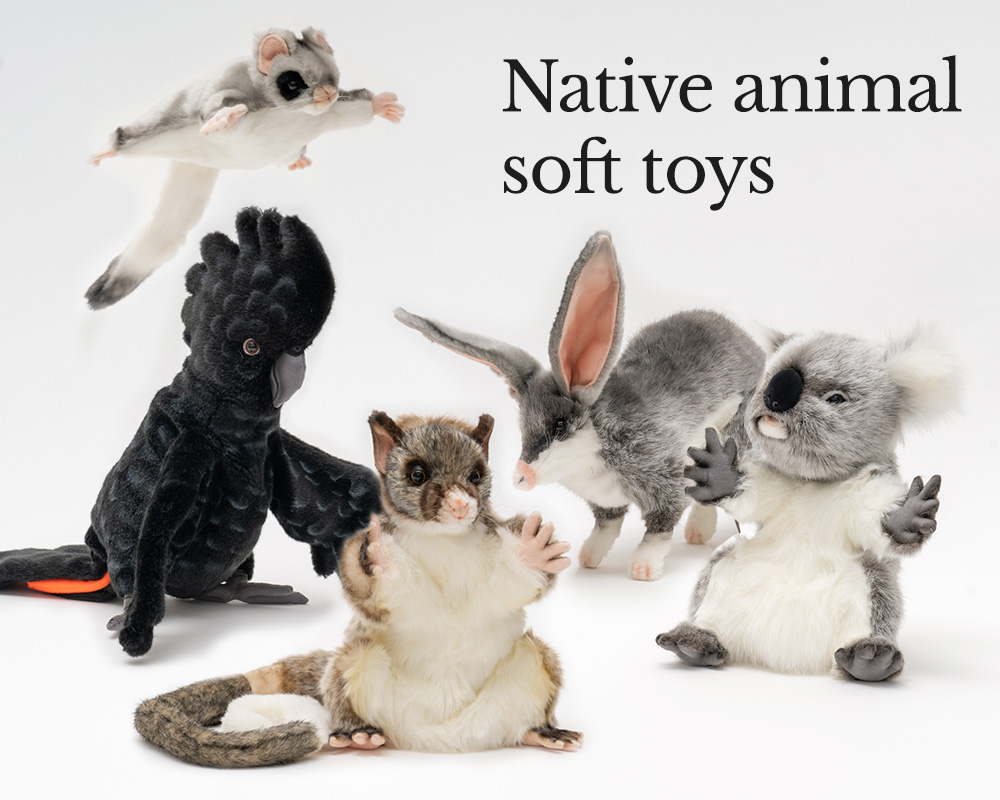Dwarf minke whale’s call sounds just like a lightsaber
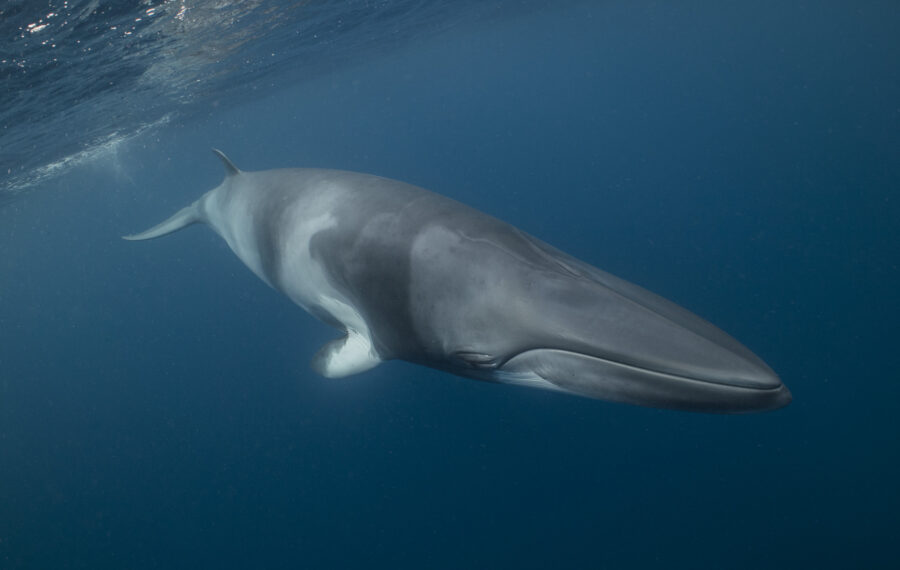
In the northern reaches of the Great Barrier Reef, a remarkable underwater recording has captivated marine enthusiasts and researchers alike.
Divers recently captured a rare – and unusually clear – recording of a dwarf minke whale’s vocalisation. The sound has been likened to the iconic Star Wars lightsaber ‘swoosh’.
The recording, obtained by a guest aboard OceanQuest Divers Den, offers a unique glimpse into the acoustic world of these elusive whales. While dwarf minke whales are known for their curious nature and occasional vocalisations, such a clear and well-captured example is exceptionally rare.
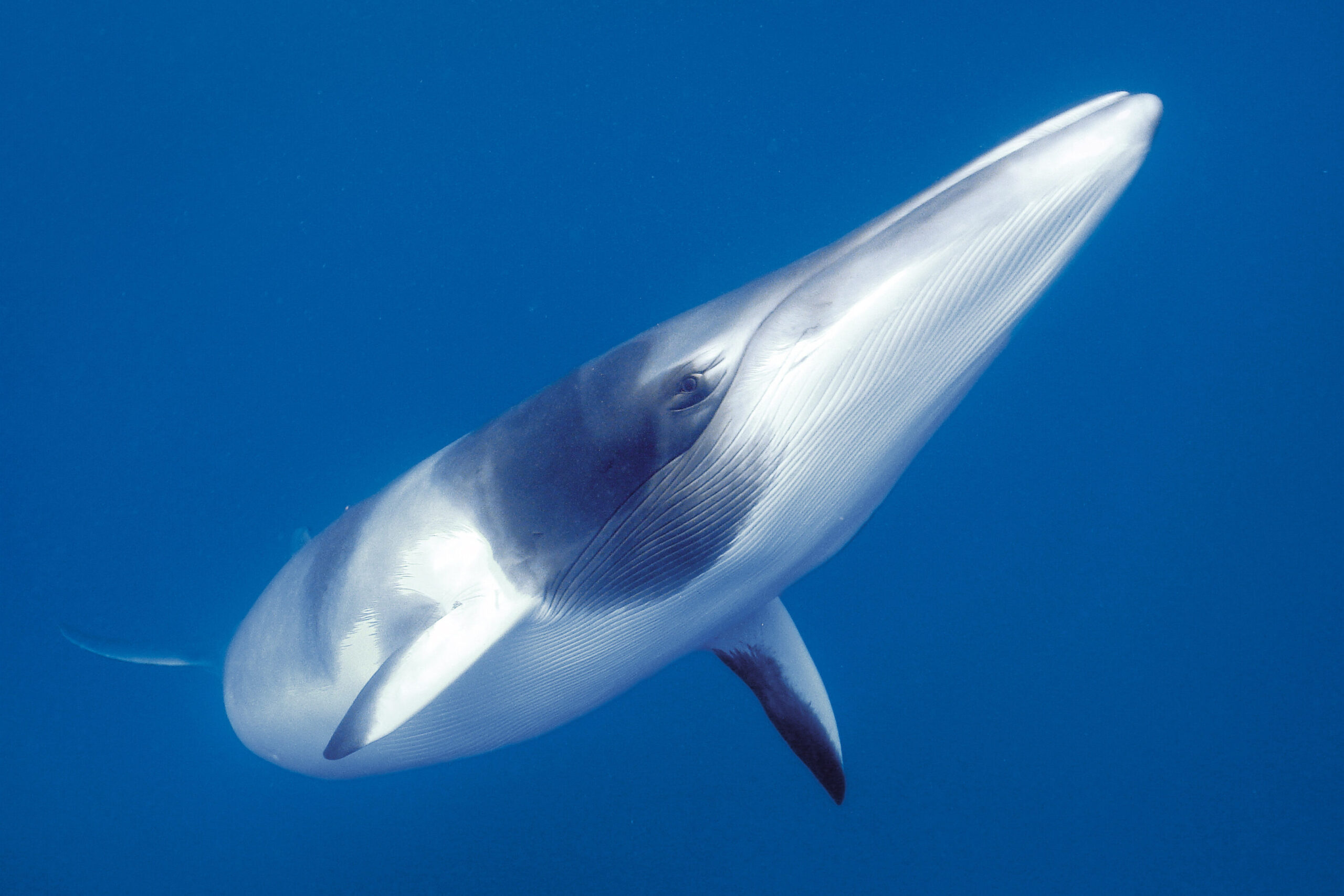
Image credit: courtesy Tourism and Events Queensland
Dr Alastair Birtles, founder of the Minke Whale Project and a veteran researcher of the species for over 30 years, welcomed the recording as a valuable contribution to ongoing research.
“It was a wonderful vocalisation. One of the best ‘du-du-du-dannnnngs’ I’ve ever heard in my time working with the minkes,” he said.
Dr Birtles noted that the call was likely produced by a large male, describing it as “incredibly loud and really elaborate, really long drawn out.”
While the lightsaber-like sound is one of their more distinctive calls, dwarf minke whales are capable of producing a broader range of vocalisations, including pig-like grunts, moans and belches.
While scientists are still researching why dwarf minke whales vocalise, they believe these sounds may play a role in long-distance communication and helping whales to locate large ocean structures like reefs.
Master Reef Guide Michelle Barry was diving during the encounter. Despite having spent countless hours in the waters off Cairns over a 15-year career, she said this vocal encounter ranks in her top reef moments.
“I first heard the sound while we were on our safety stop at Ribbon Reef No 5, and it was unmistakable – this deep, resonant vocalisation that stopped me mid-breath,” Ms Barry said.
“That’s the beautiful thing about our Great Barrier Reef – it doesn’t matter how many times you dive below the surface, there’s always something new, wonderful and incredible that takes your breath away. It’s a different experience every time.”
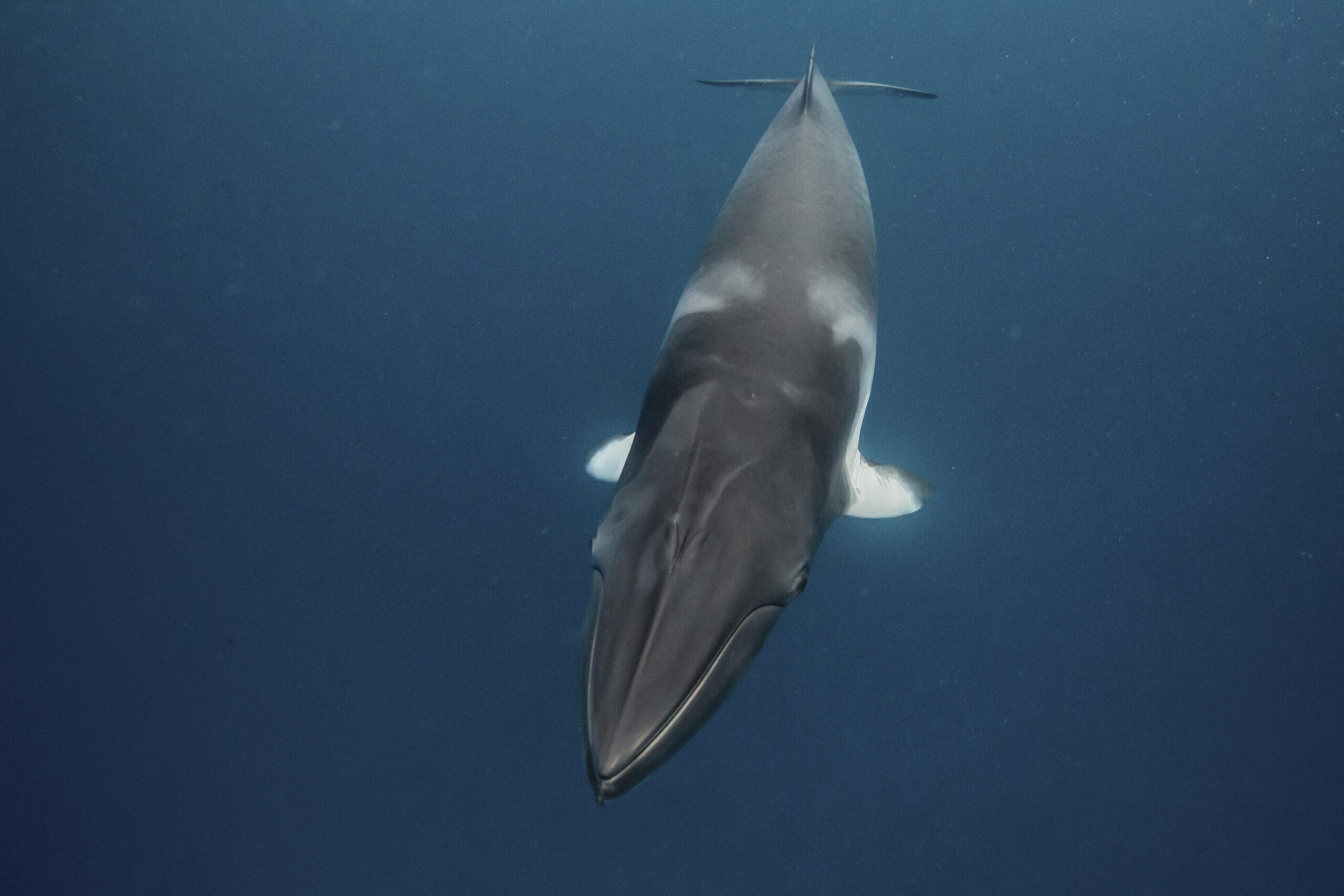
The lightsaber-like call isn’t the only distinctive feature of the dwarf minke whale. Each individual also carries a unique pattern of white and grey markings along its body, much like a human fingerprint. Researchers use these patterns to identify and track whales over time, through photo-identification.
Dwarf minke whales are a relatively elusive species that make their annual winter migration from Antarctic waters to the Ribbon Reefs off Cooktown, Queensland. This region is the only known predictable gathering site for this whale species globally, and they’re typically only spotted on-site during June and July.
Only a select number of tourism operators are given the opportunity to observe this migration first-hand, and operators adhere to strict permitting procedures and a code of conduct enforced by the Great Barrier Reef Marine Park Authority.
